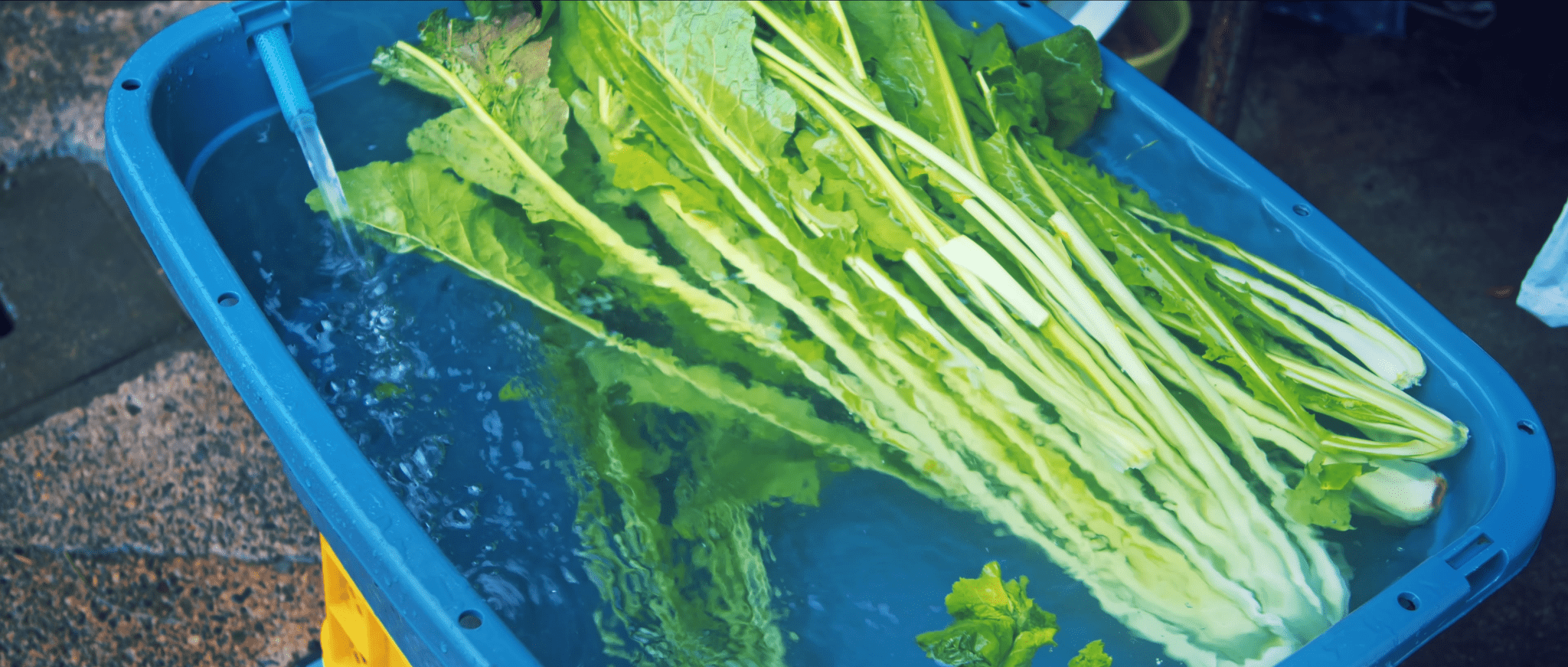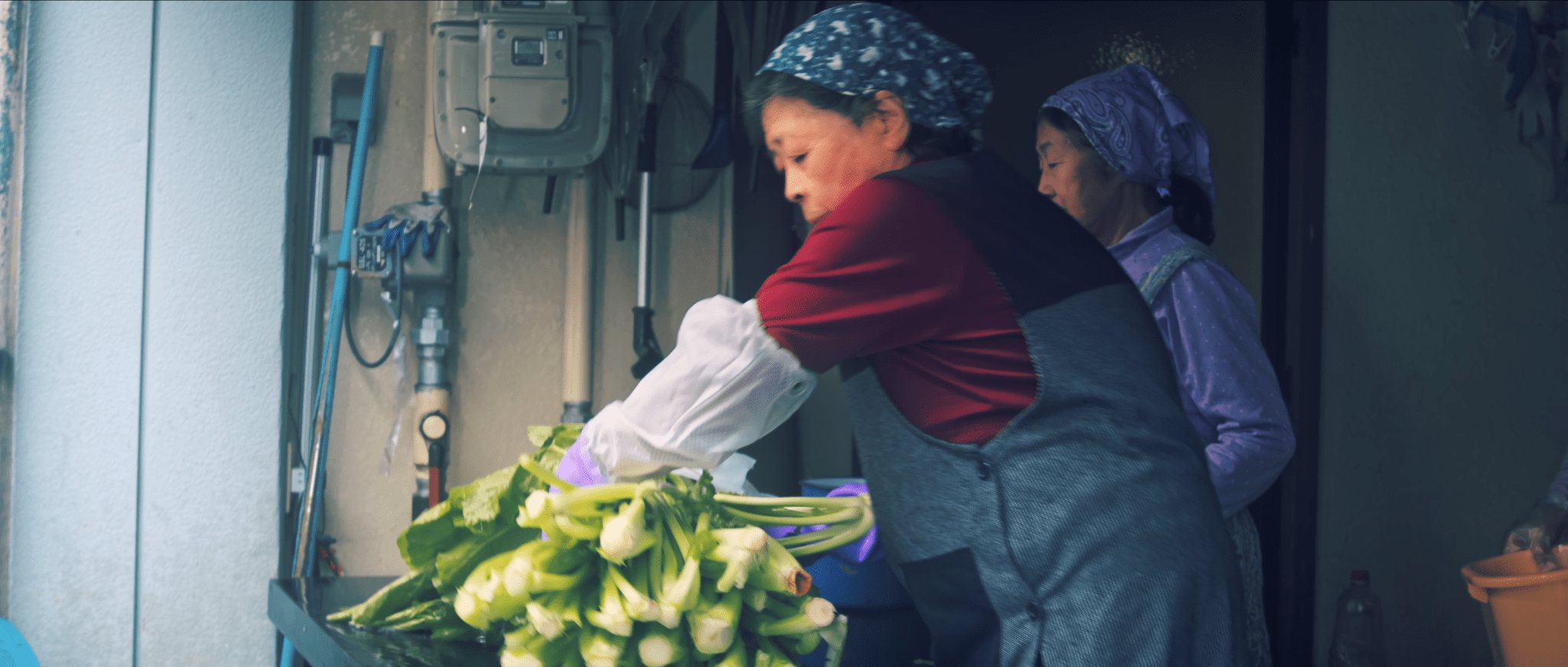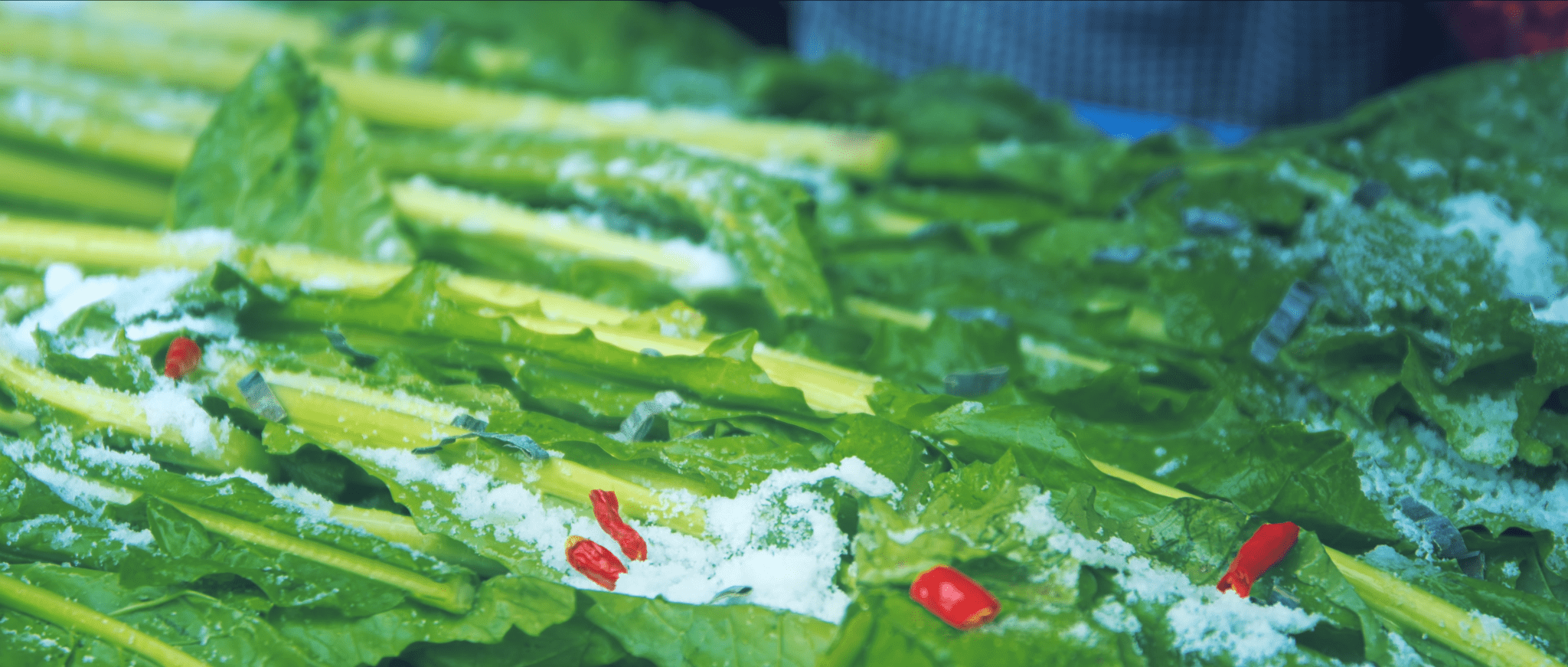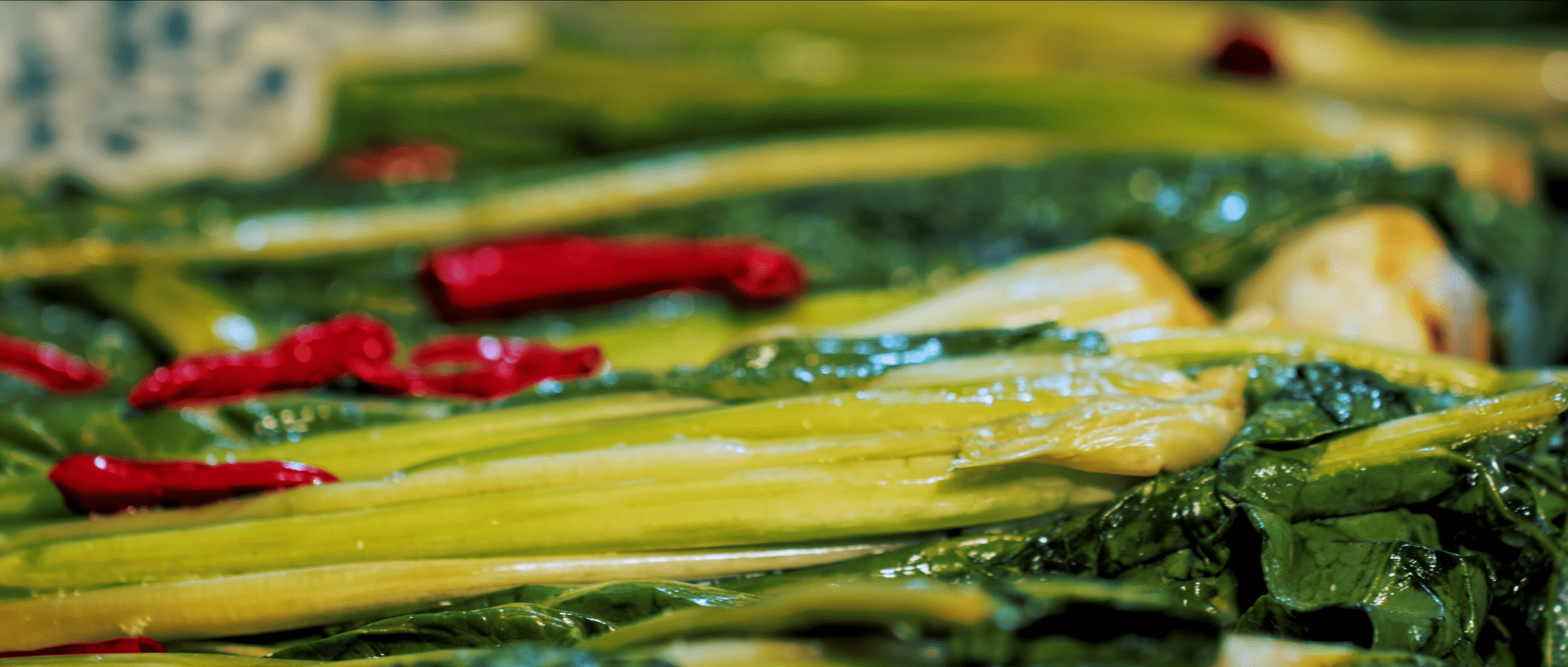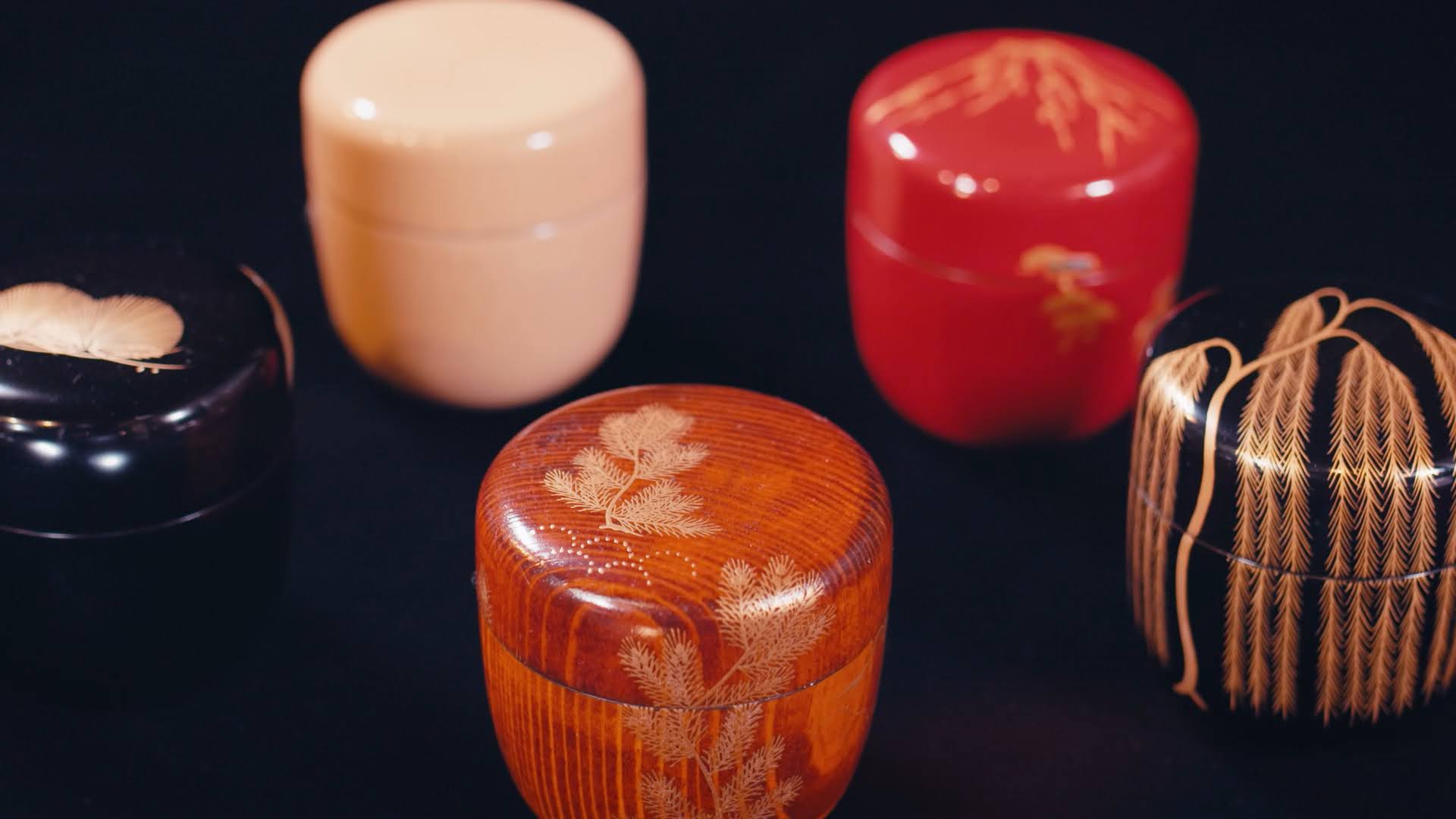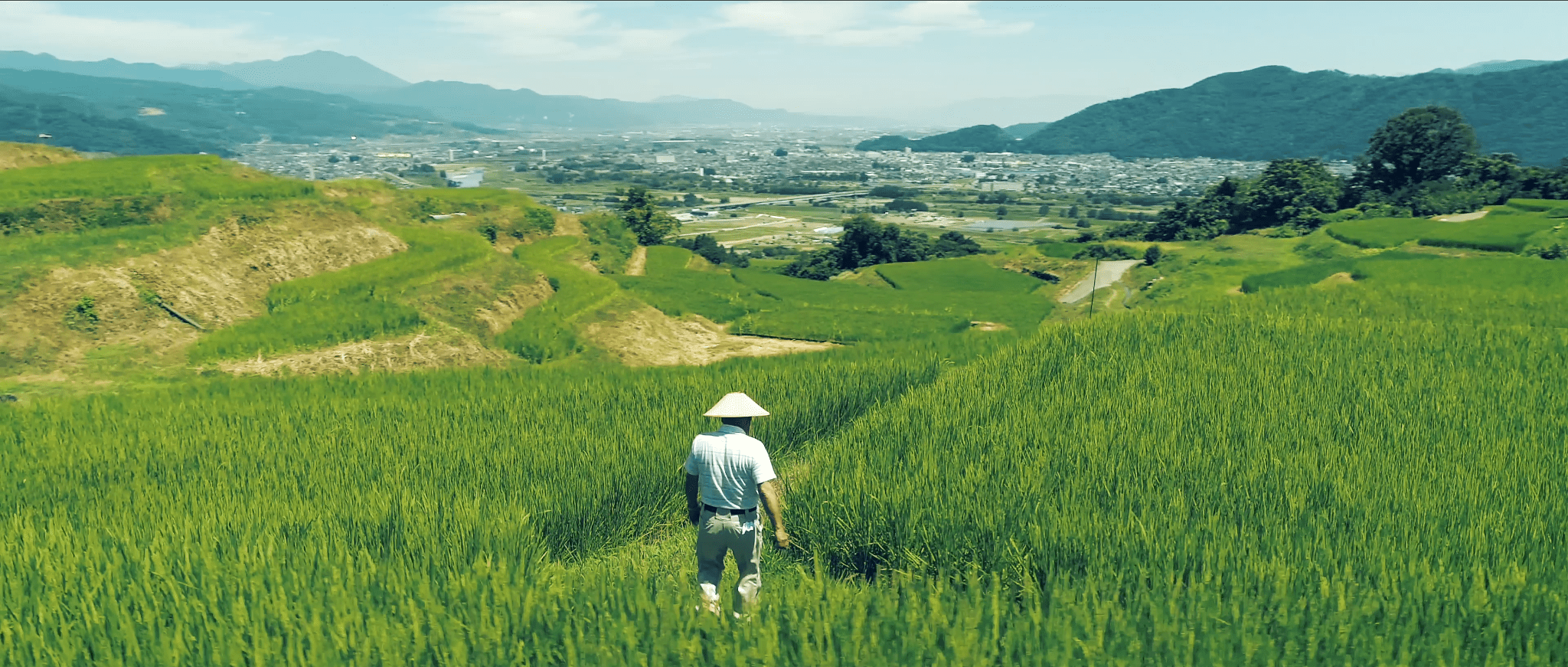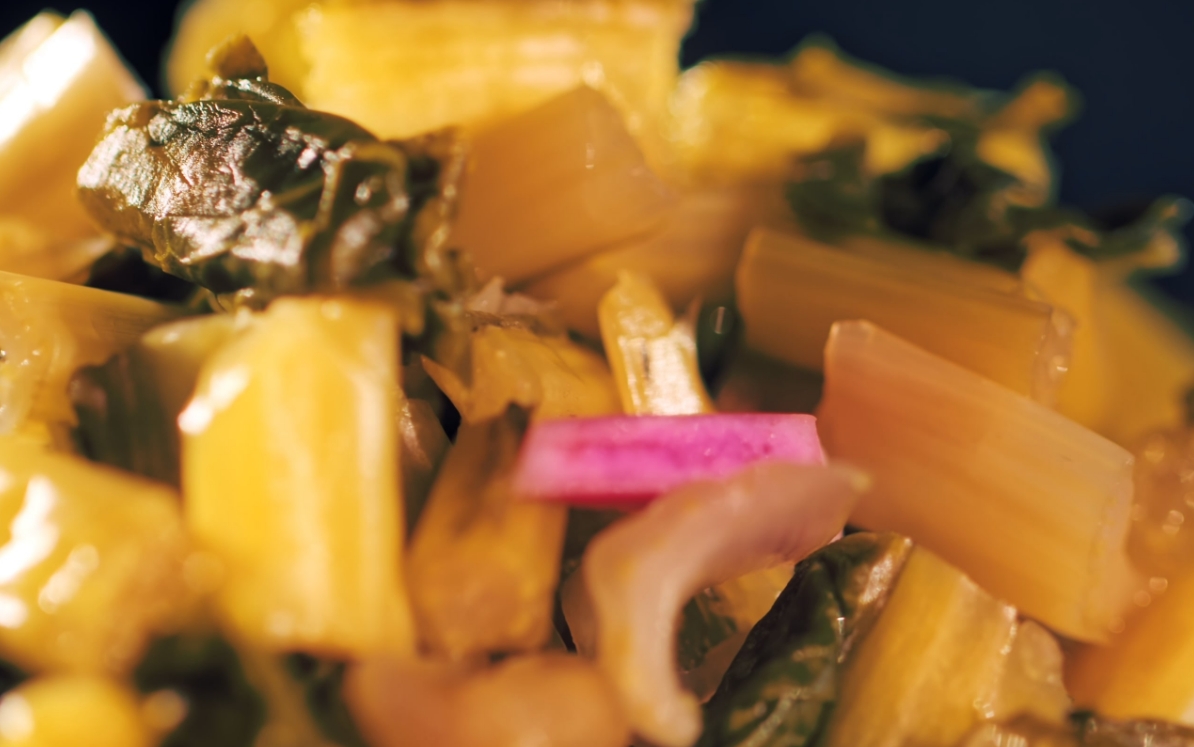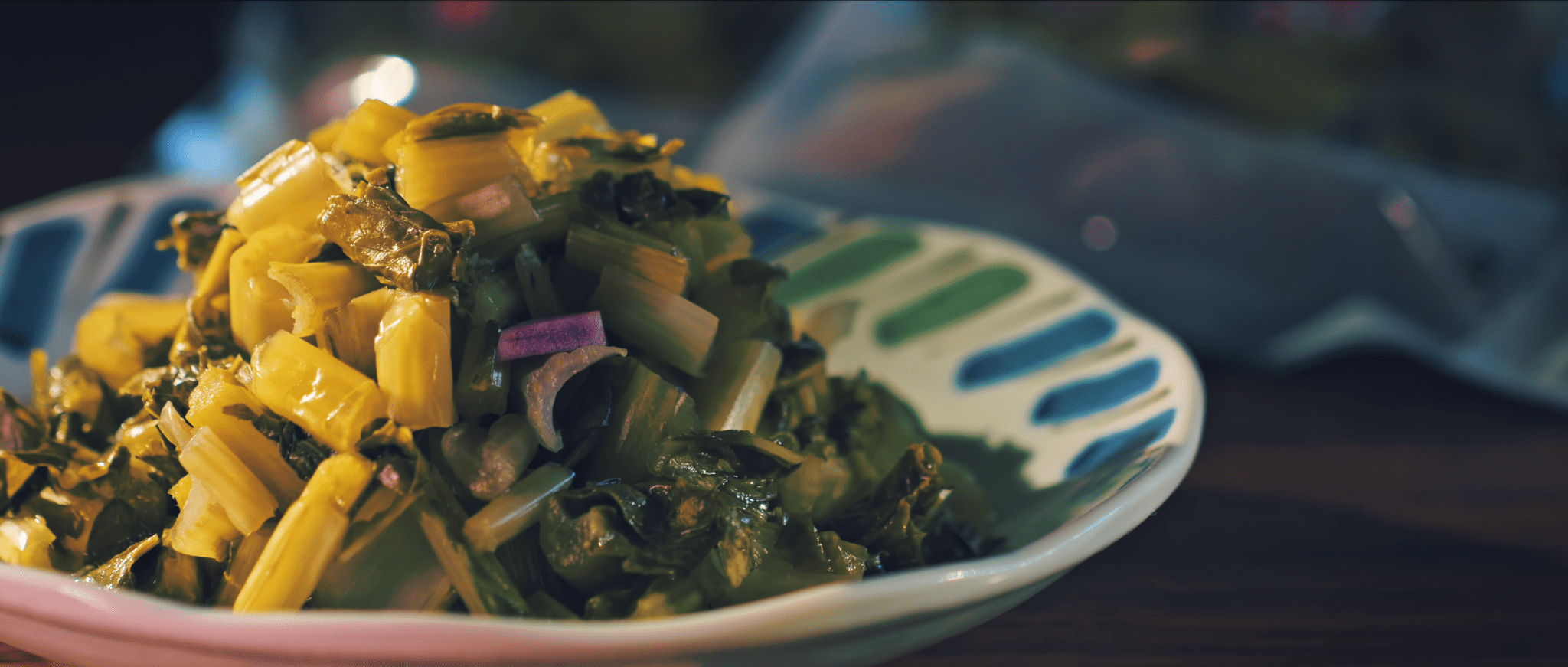
Delicate senses unique to Japan – TSUKEMONO
日本特有の繊細な感覚・和のピクルス − 野沢菜·スンキ
Tsukemono is a Japanese preserved food made by dipping vegetables in salt, rice bran, vinegar, miso, sake kasu (left over from sake production), soy sauce, etc. In essence, Tsukemono is the Japanese pickle. In the basic menu of Japanese cuisine, Tsukemono add color to the menu as a savory side dish. Tsukemono have a long history and are said to have already been eaten by temple priests during the Nara period (710-784). Tsukemono is a product born of the Japanese people’s delicate sense of taste and smell. Each region of Japan has its own recipe and way of eating Tsukemono, handed down through time. For example, Kyoto, which is one of the most famous Tsukemono producing areas in Japan, is characterized by its colorful Tsukemono made with a variety of ingredients. On the other hand, in Nagano Prefecture, where a lot of snow falls, a culture of preserved foods has developed to survive the harsh winters, and distinctive Tsukemono are produced..
Sunki – a miracle, salt-free Tsukemono
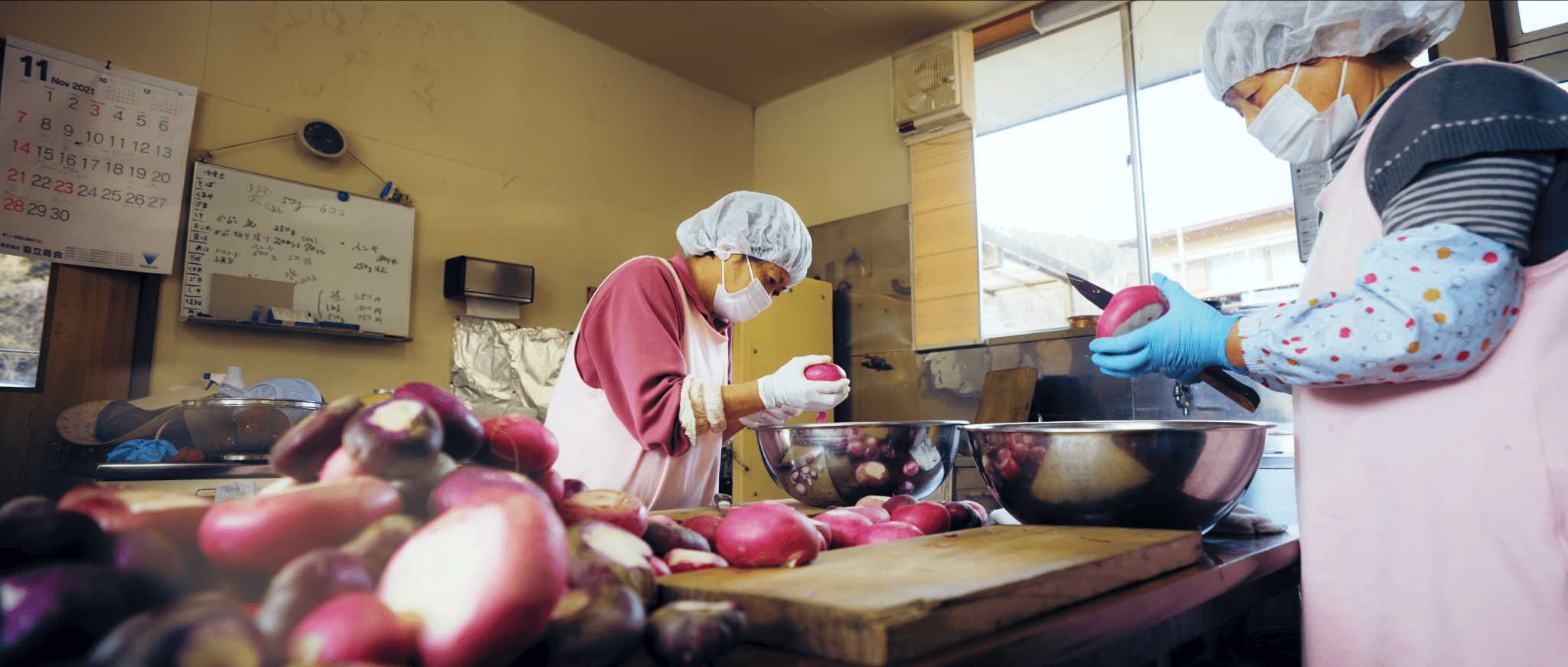
In the days when transportation was not as developed as it is today, salt was a precious commodity in the Kiso region of Nagano Prefecture, which is surrounded by mountains and far from the sea. Sunki, made with red turnip leaves harvested in Kiso, is said to have originated when turnip stems were pickled with wild grapes and nuts allowing it to ferment naturally. In the harsh winters of Kiso, food, mainly vegetables, become scarce. Despite being a preserved food, Sunki is a Tsukemono that does not use any salt. Its taste is sour and it is said to contain as much lactic acid bacteria as yogurt. In winter, when Sunki production flourishes, people in the Kiso region greet each other with the phrase, “Has it(Sunki) turned sour?”. This is a greeting that starts conversations, and the process of Sunki production continues to play a role in bringing people together. Sunki is a product born from the genius of the people of Kiso to preserve and nourish food without the use of salt in the harsh winters.
Enjoying the fermentation process – Nozawana-Zuke
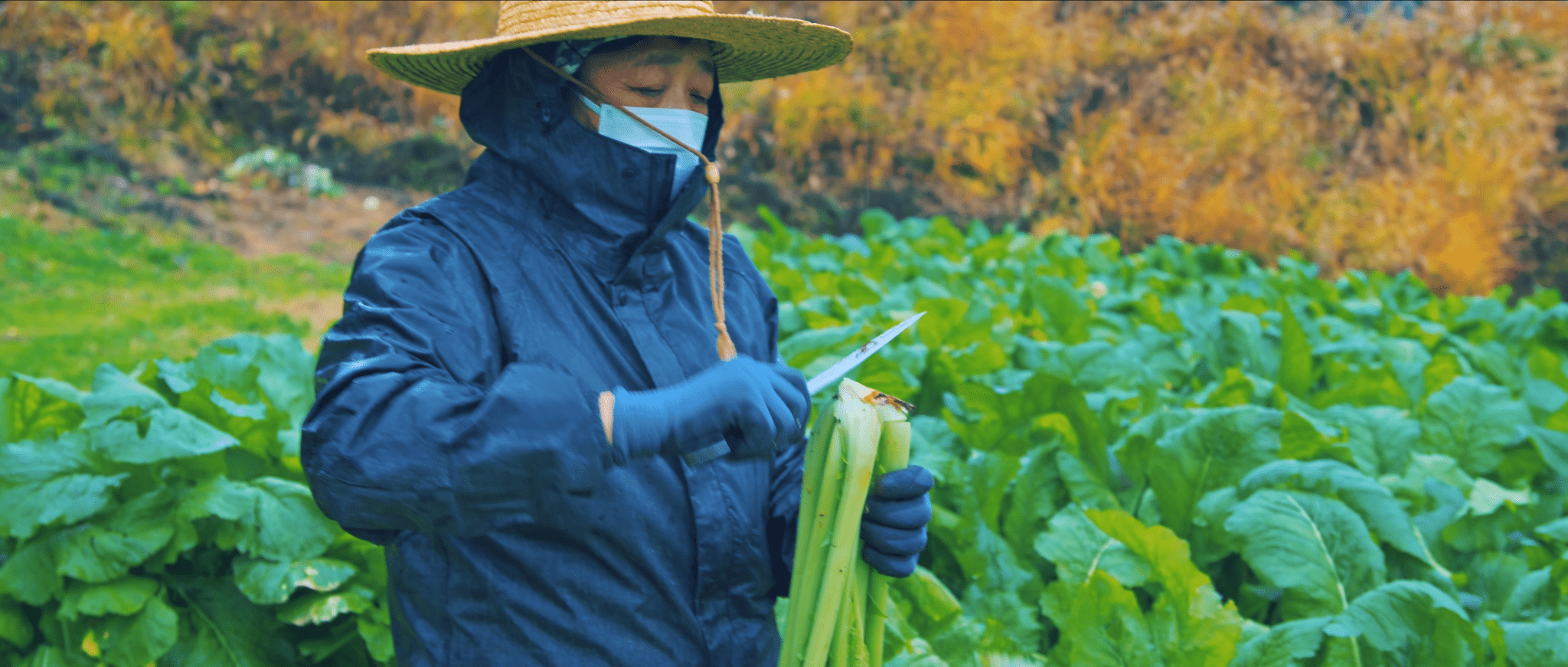
Nozawana-Zuke is made in Nozawa Onsen Village in northern Nagano, where a type of turnip greens called “Nozawana” is washed and pickled in hot spring water. In early November, about half of the 13 public bathhouses in Nozawa Onsen are open for a limited period of time for “Ona-Arai”(Nozawana-washing) and villagers of all ages and genders can be seen conversing with each other while washing Nozawana in the the hot springs. The Onsen has been valued by the people of Nozawa Onsen not only for bathing, but also as a place for people to communicate with each other.
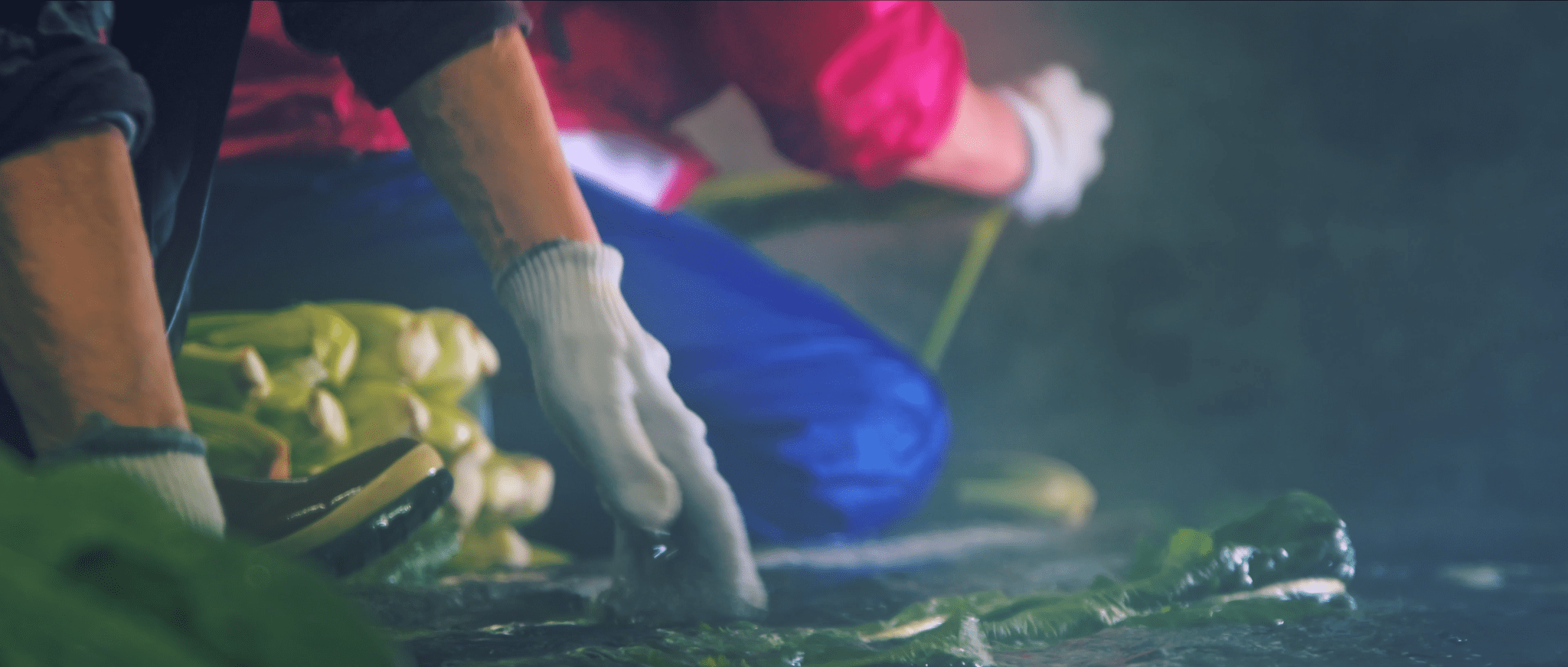
Freshly pickled “Asazuke”(lightly pickled) is crispy and green. In mid-December, when the ski season begins, “Honzuke”(fully pickled) is ready to eat. “Honzuke” has a deep, rich flavor and is amber-colored. As the fermentation continues, the taste becomes more sour, but the people of Nozawa Onsen do not throw it away. The sour Nozawana is boiled in sake kasu and enjoyed as an accompaniment to rice or green tea. In addition, the local people enjoy the taste of Nozawana in every season, such as the “Mabikina (young leaves)” at the end of summer, which is said to be “tastier than sashimi” and is eaten boiled after a few days from the sowing of turnip greens. Nozawana-Zuke are not only a part of Japanese cuisine, but also go well with pizza, pasta, and fried rice, and the enjoyment of eating them in different ways is enhanced by adding a little something extra.
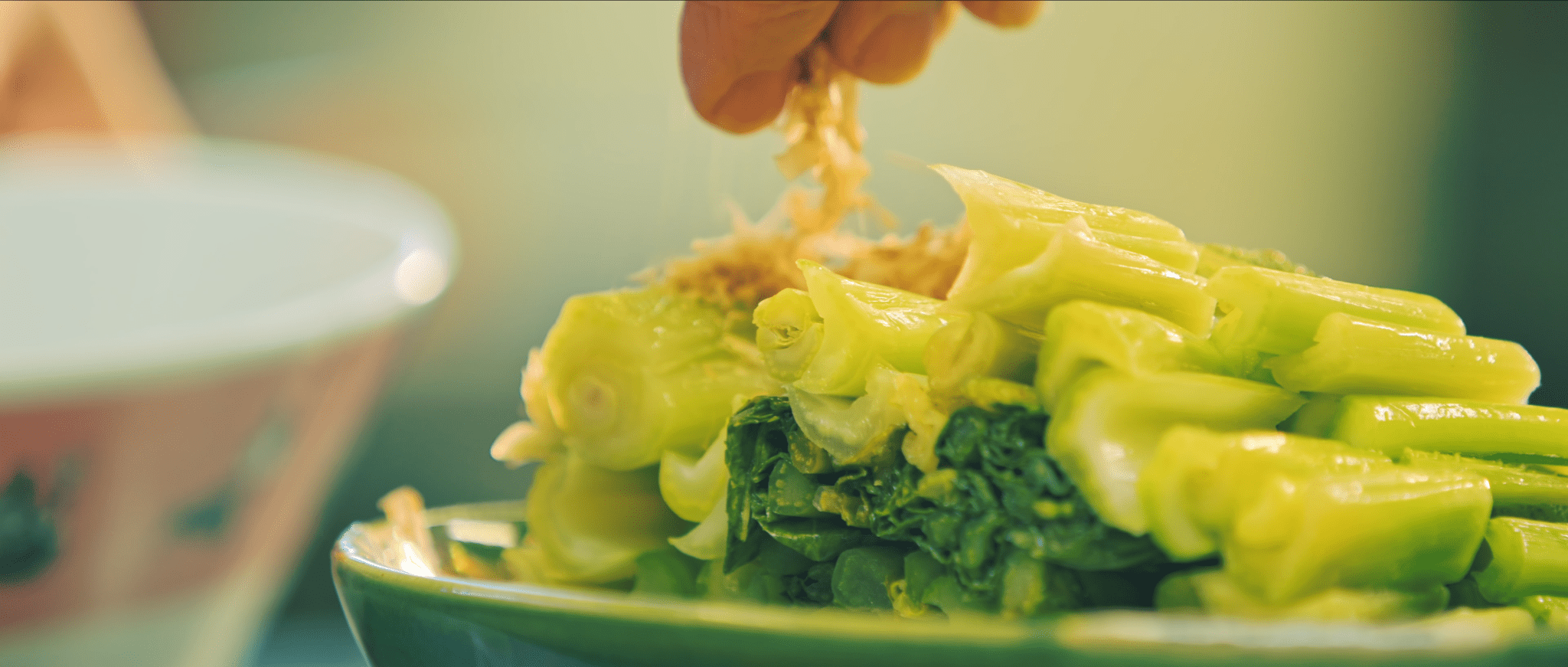
Thus, for the people of Nagano, “Tsukemono” have been indispensable for surviving the harsh winters, as well as an existence that connects people to each other.
